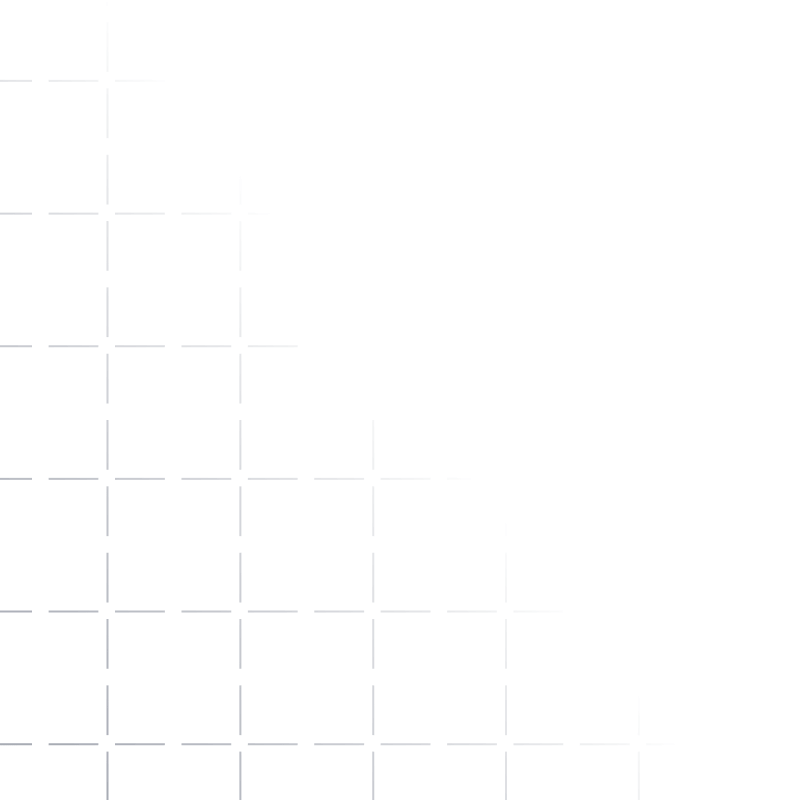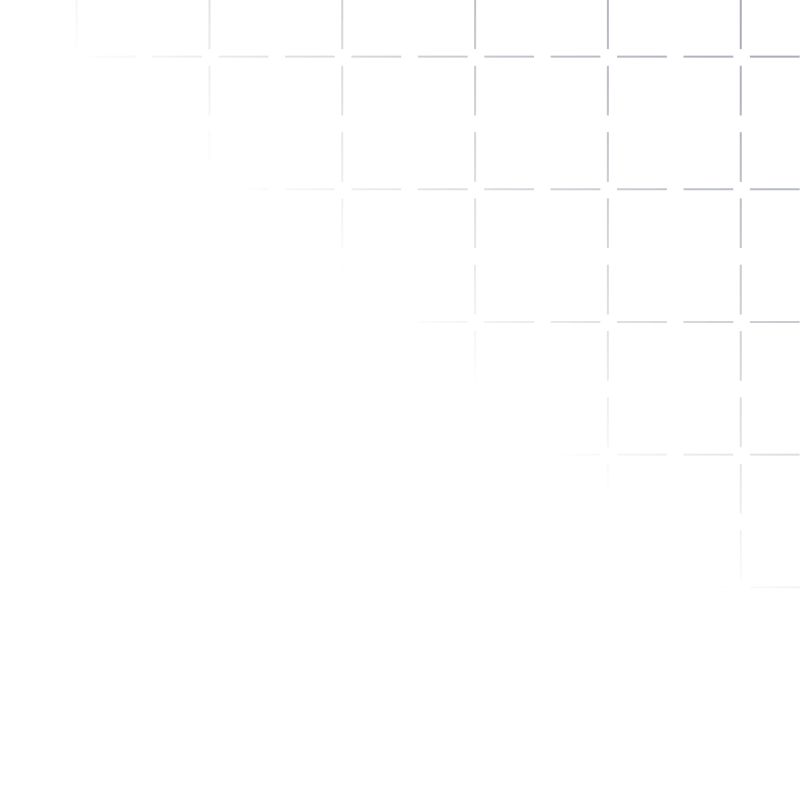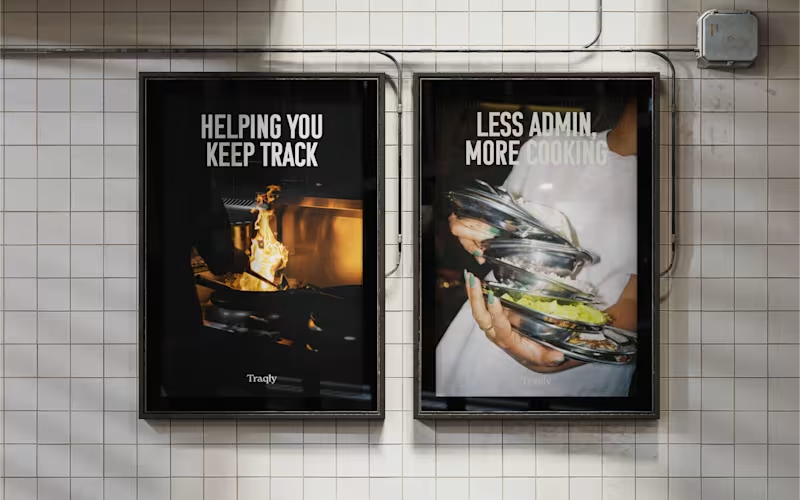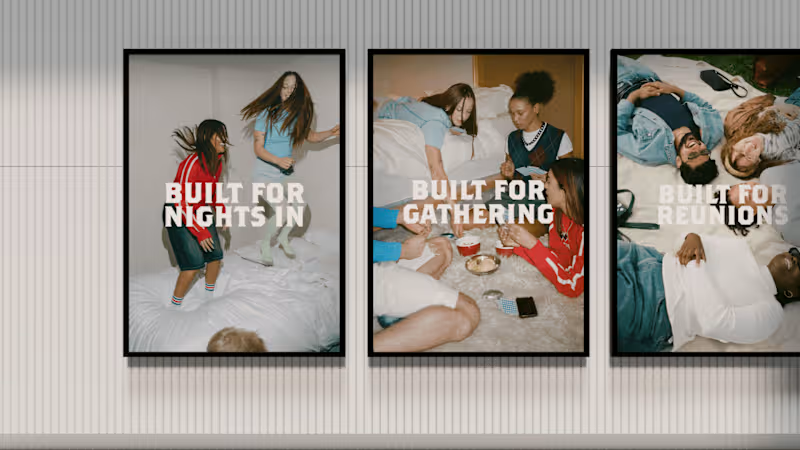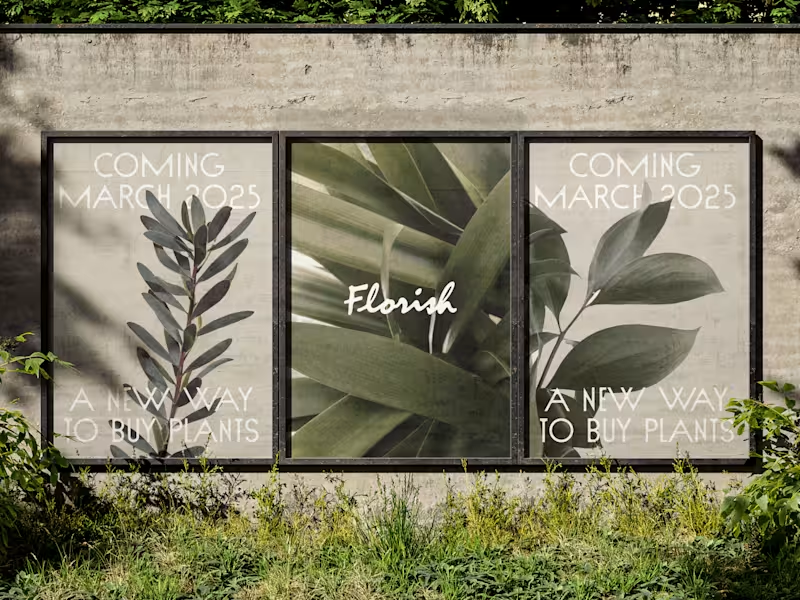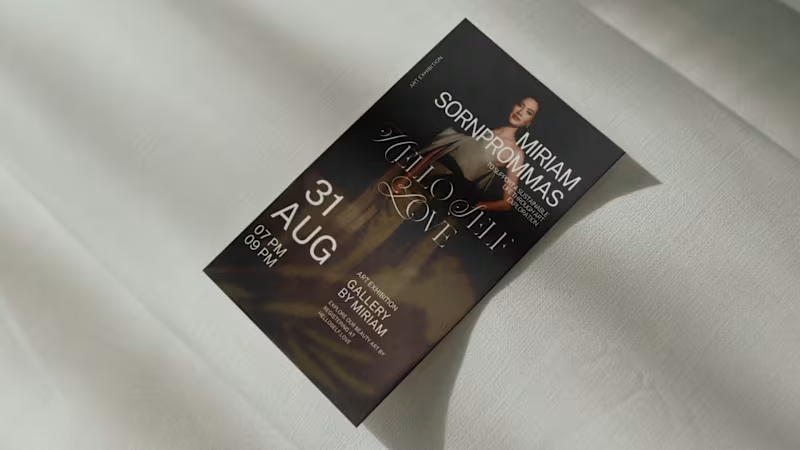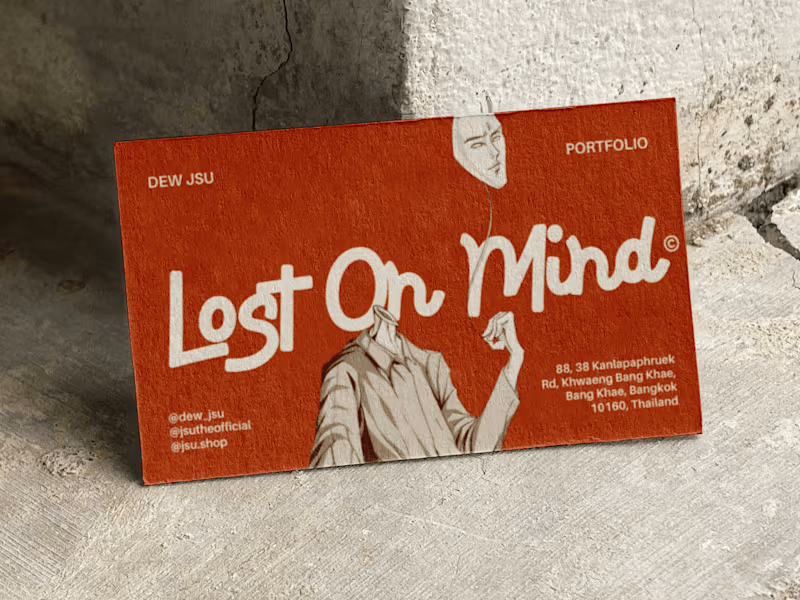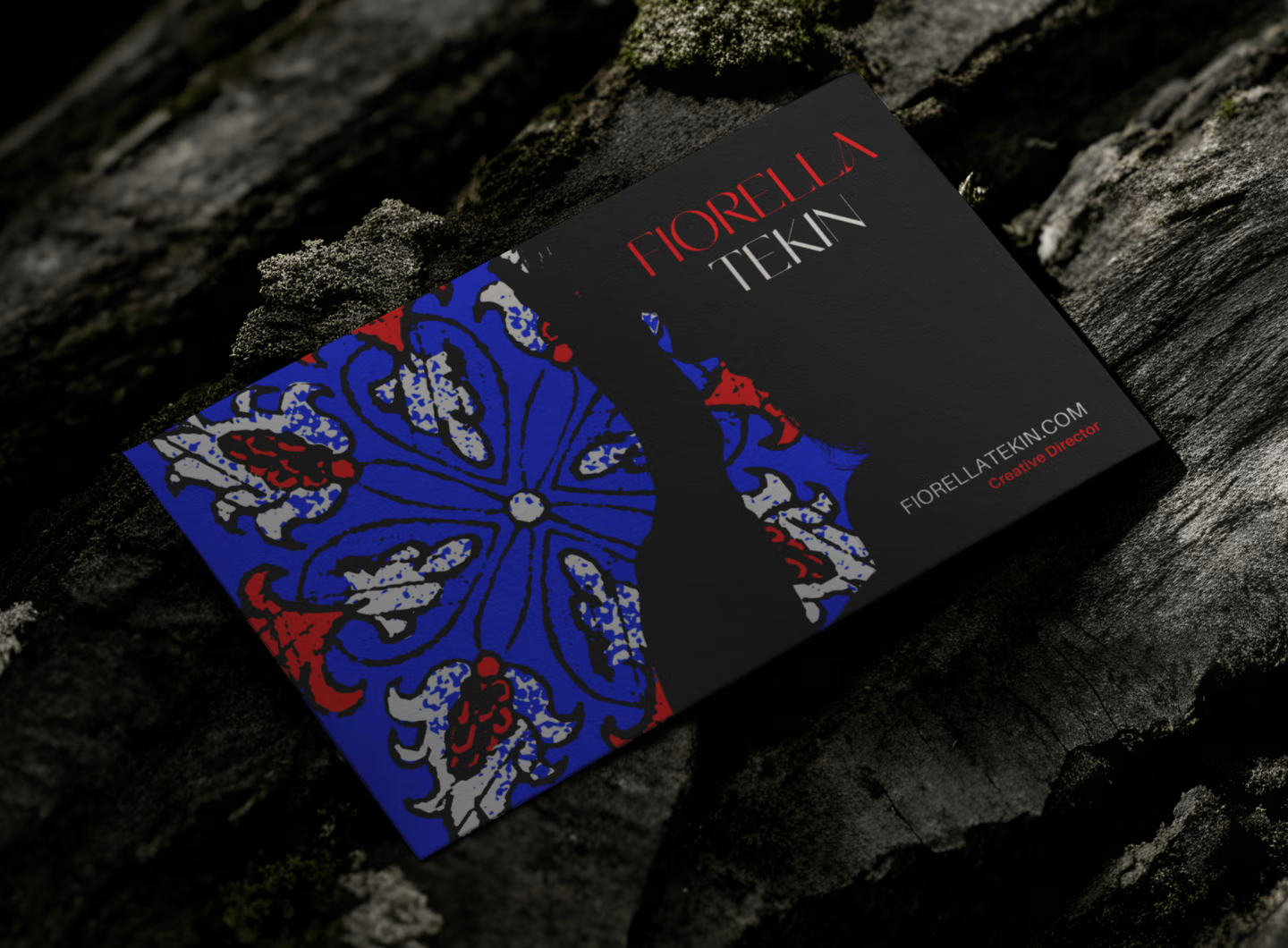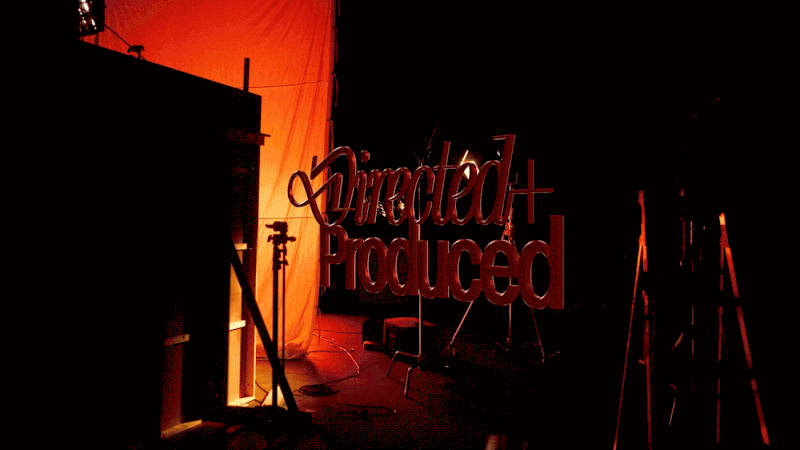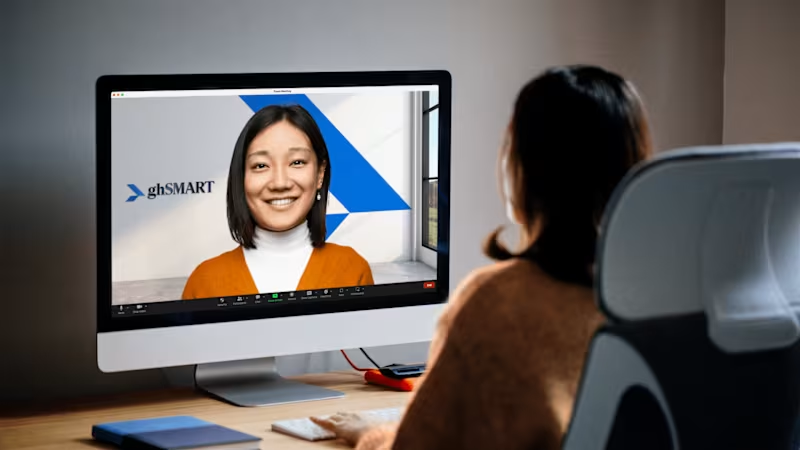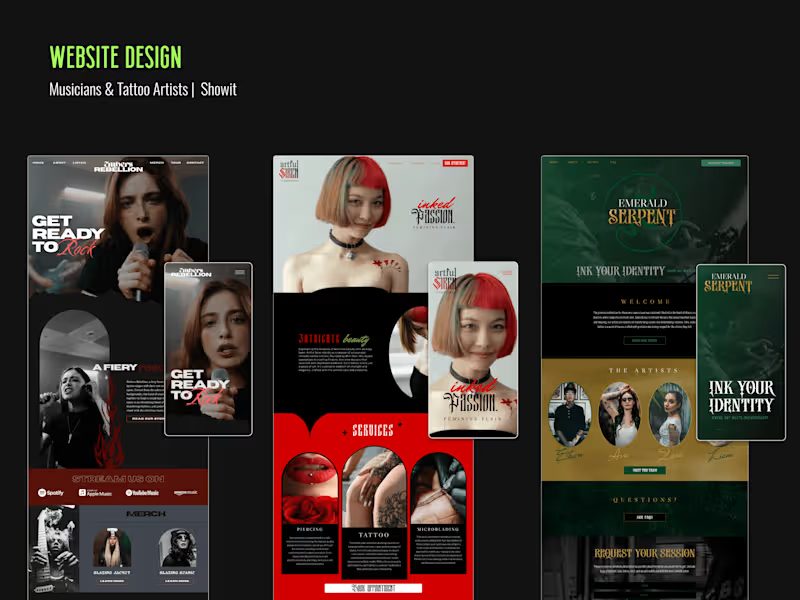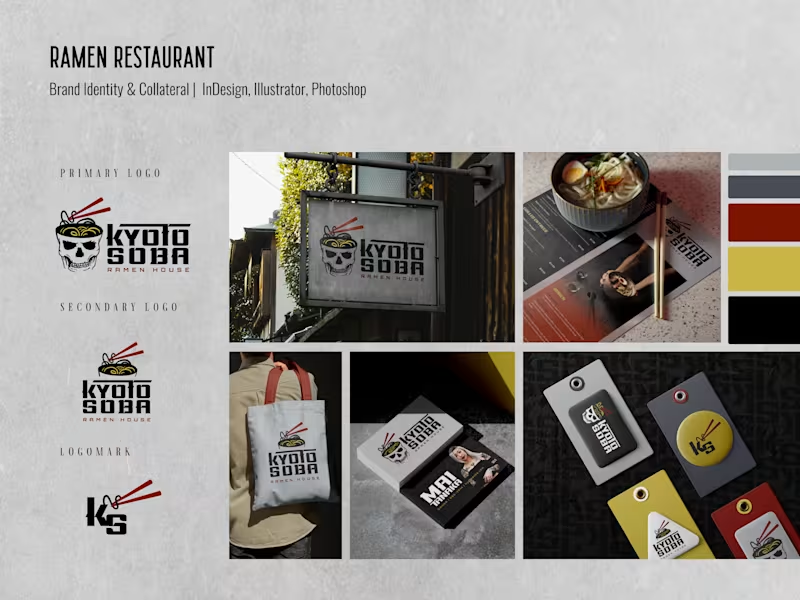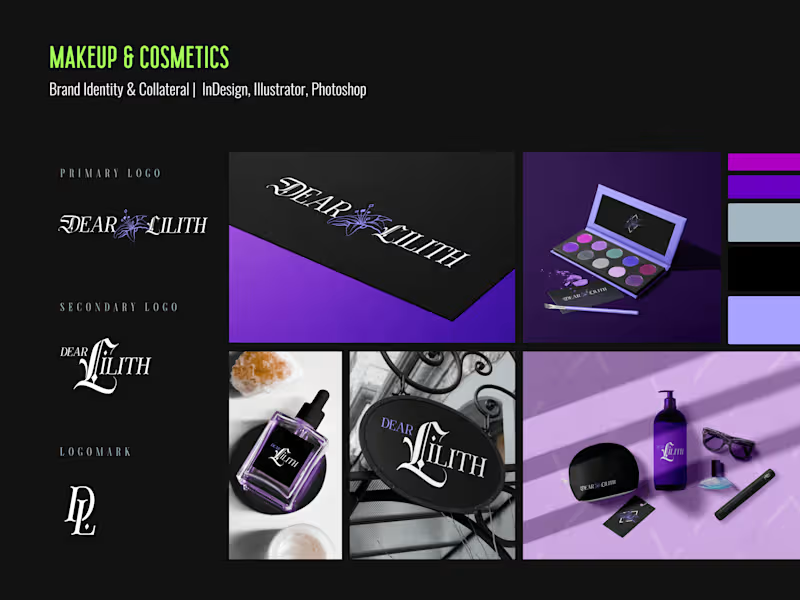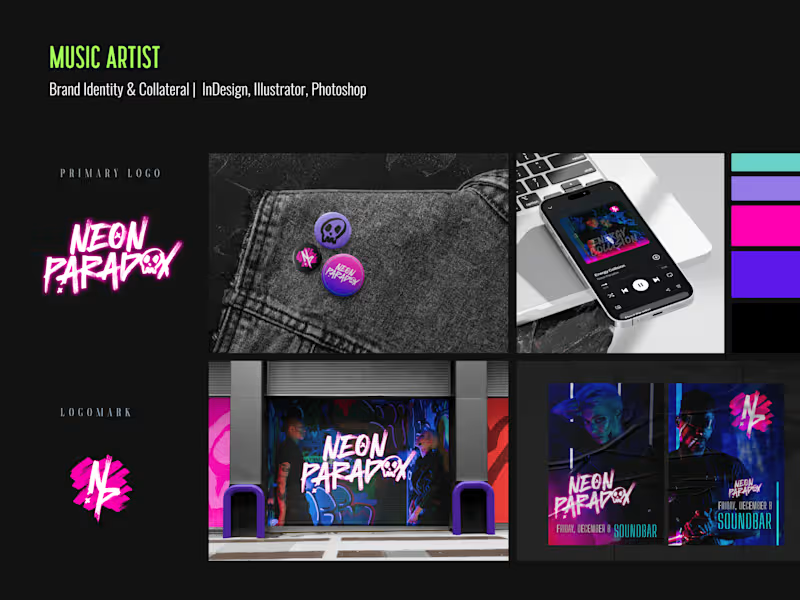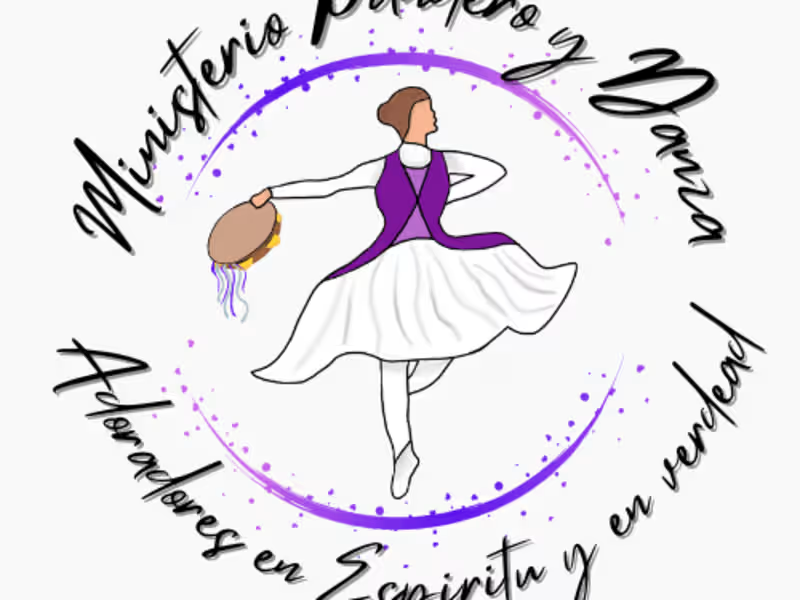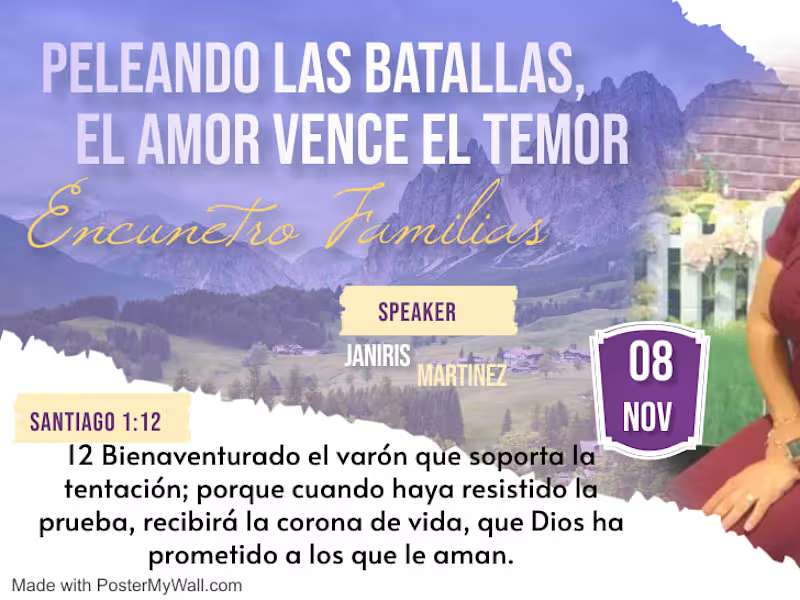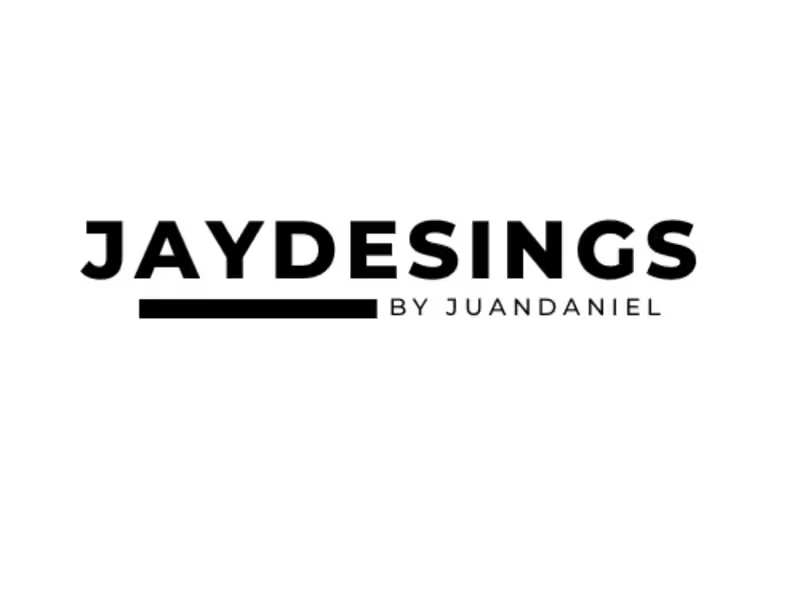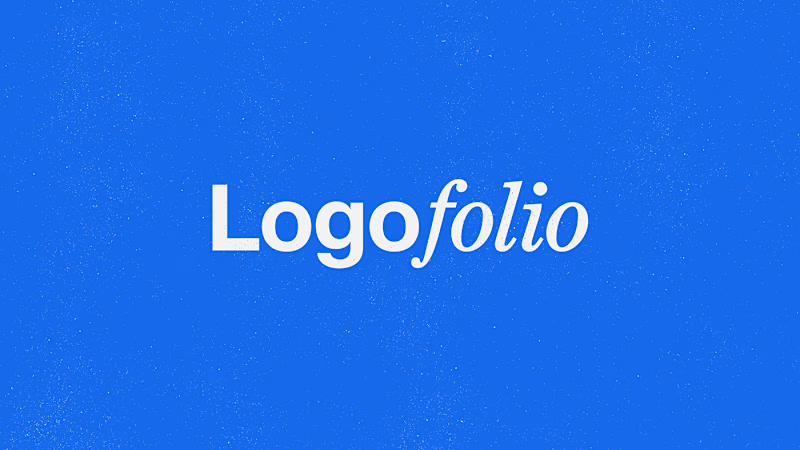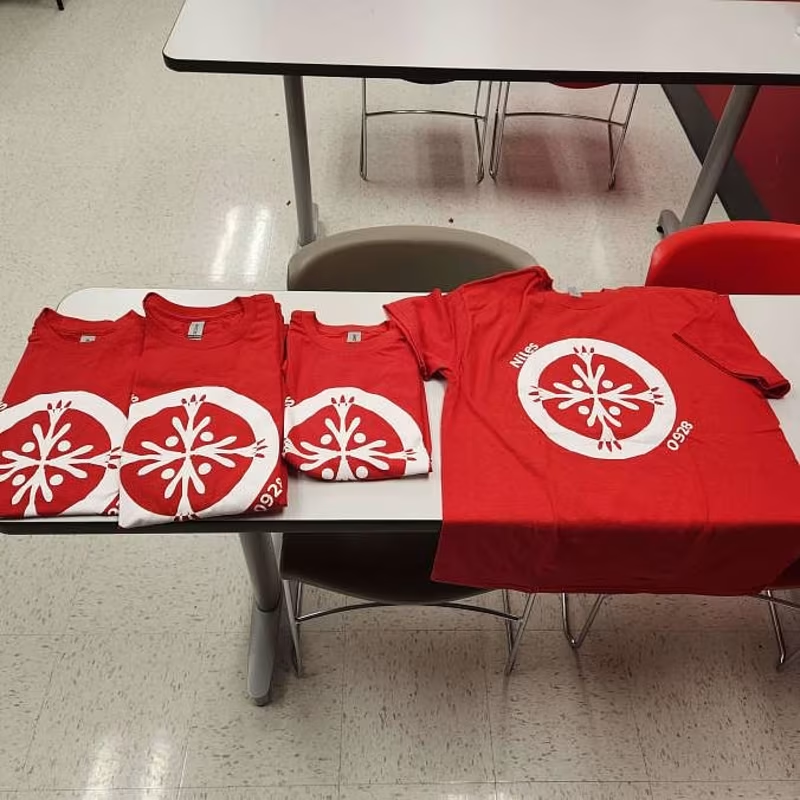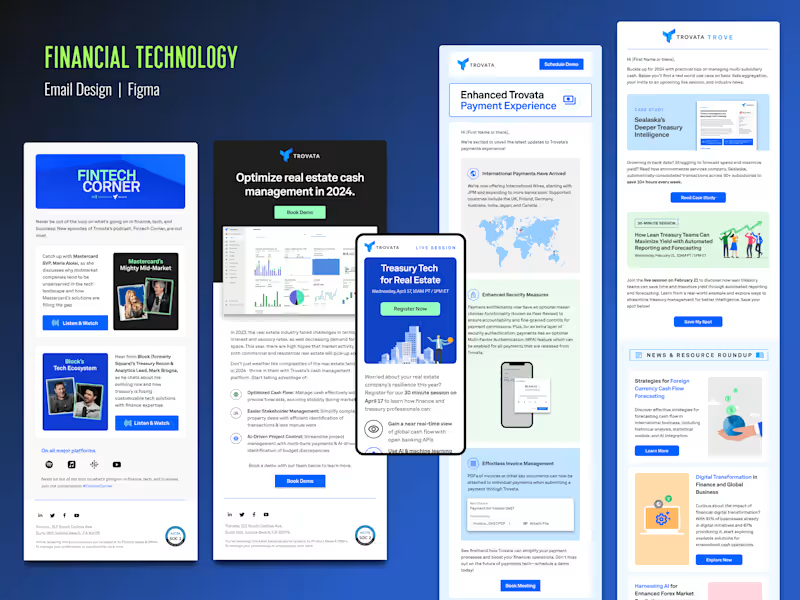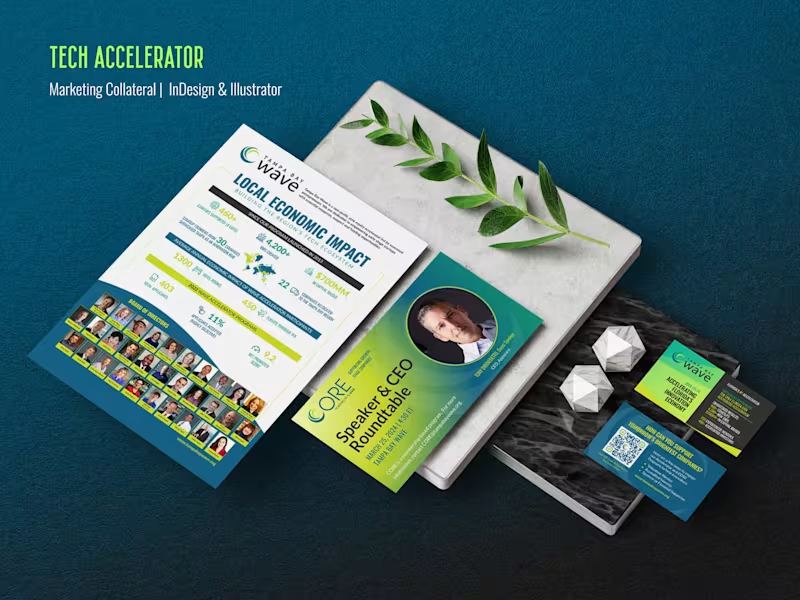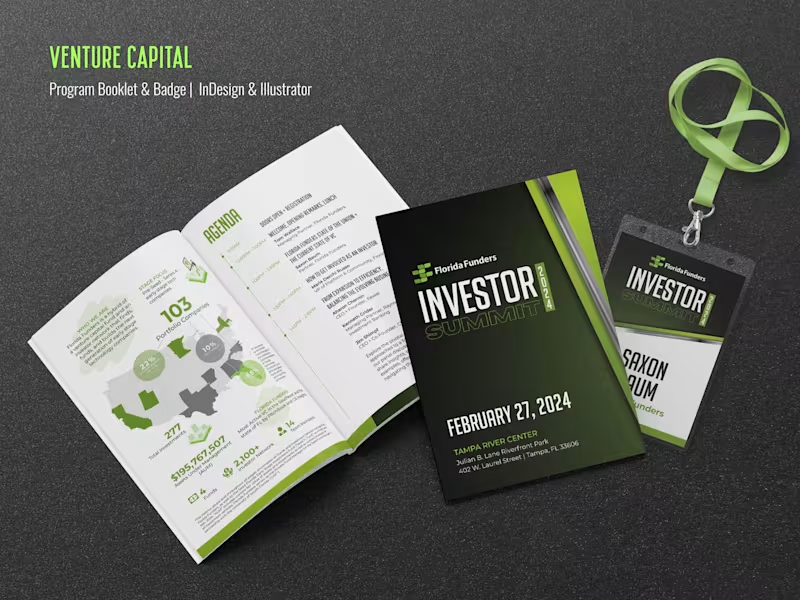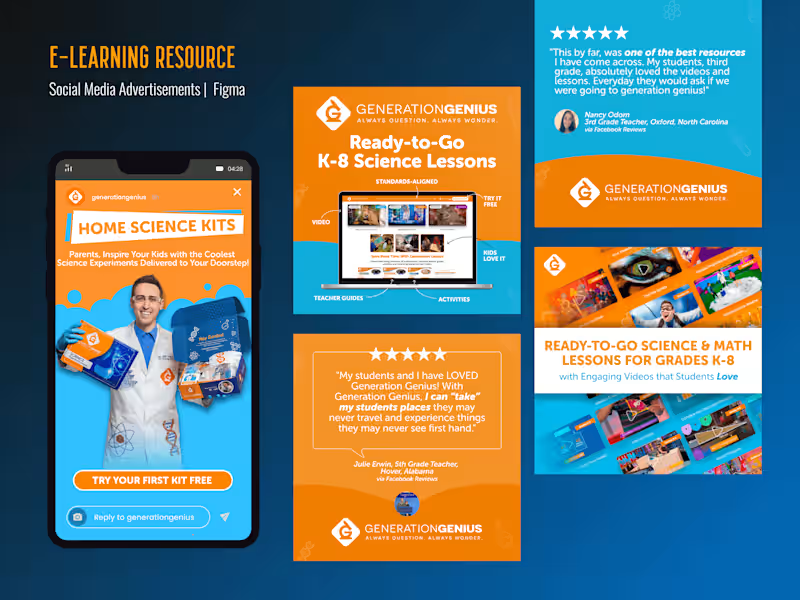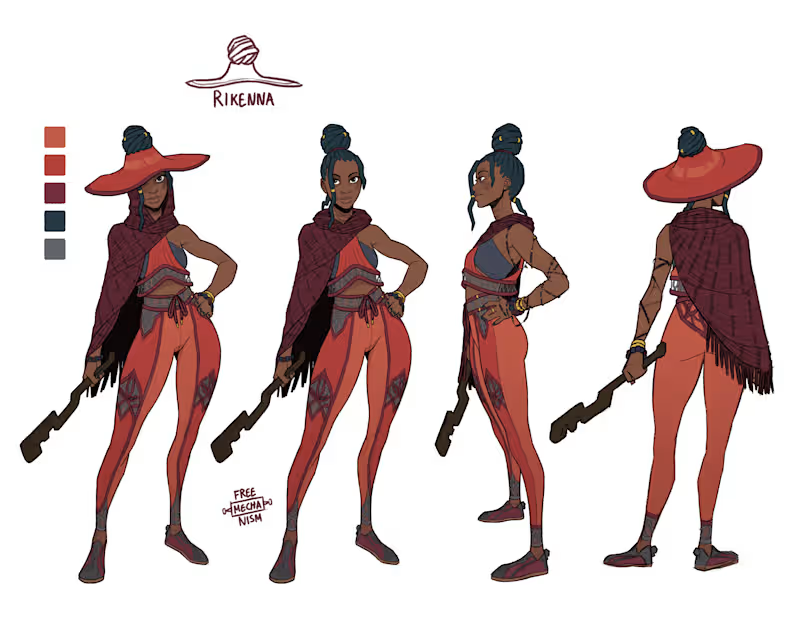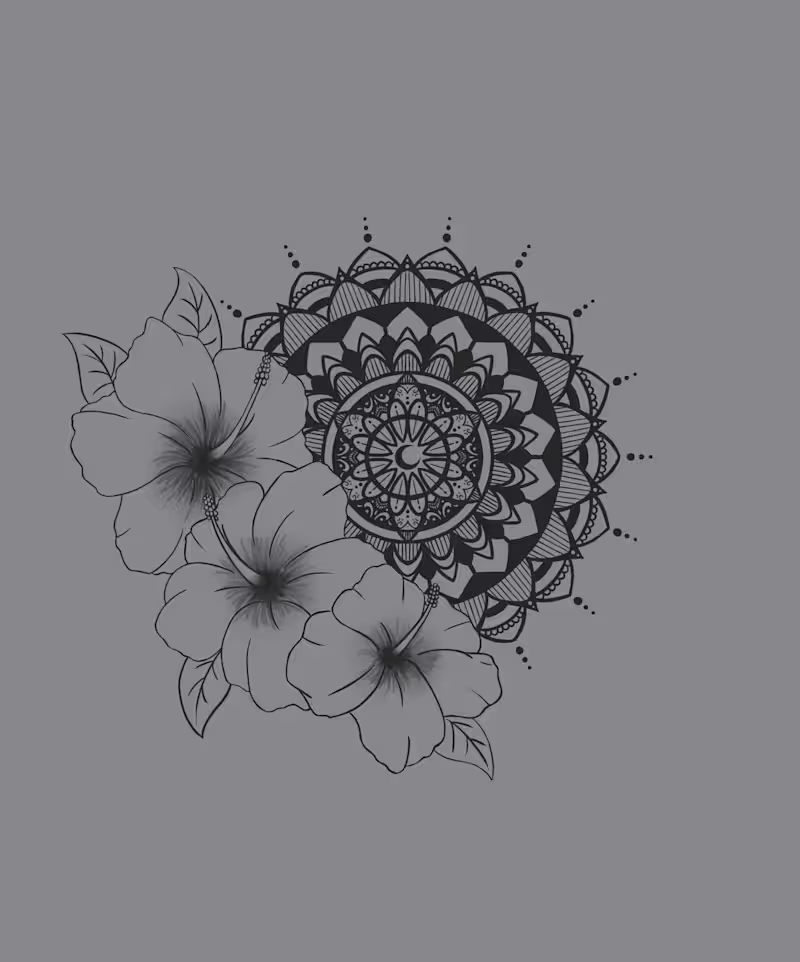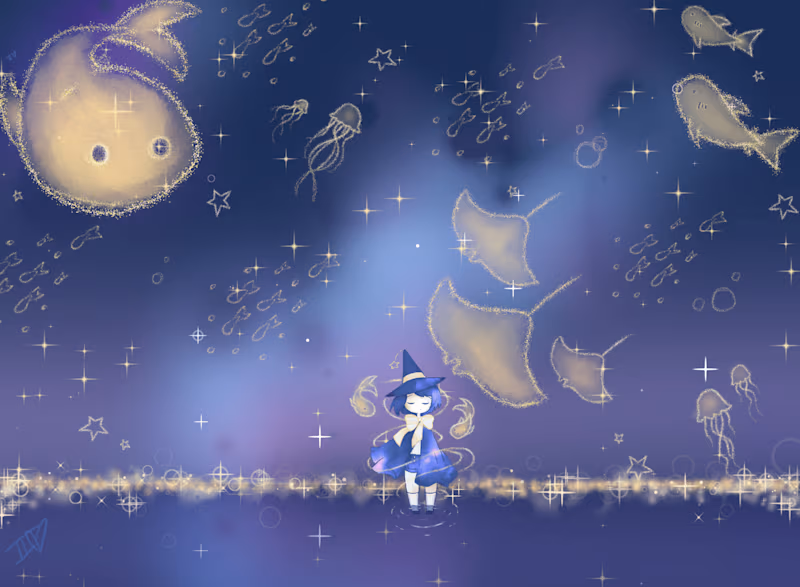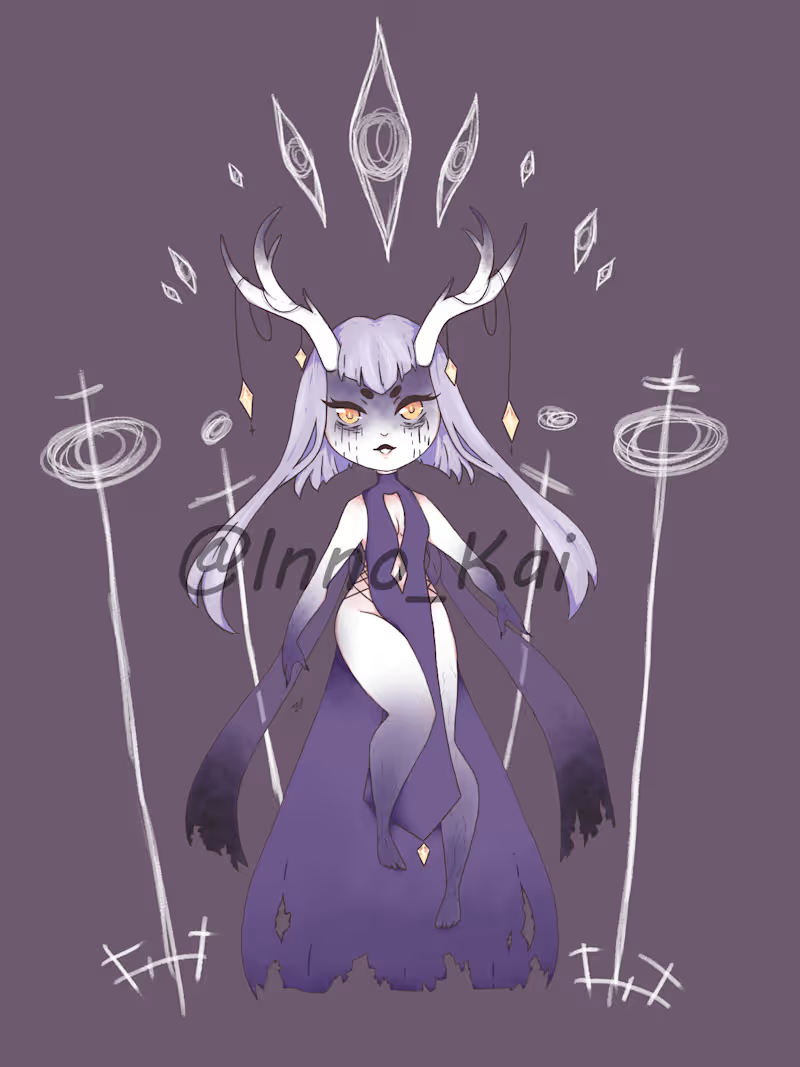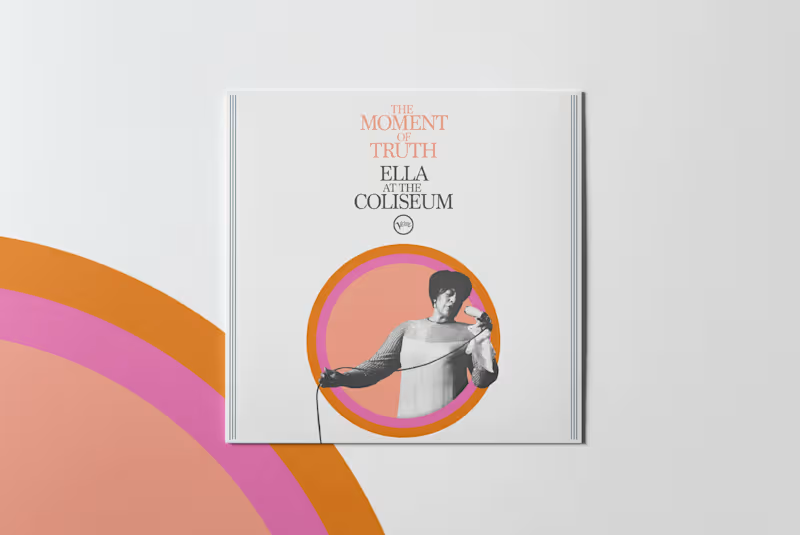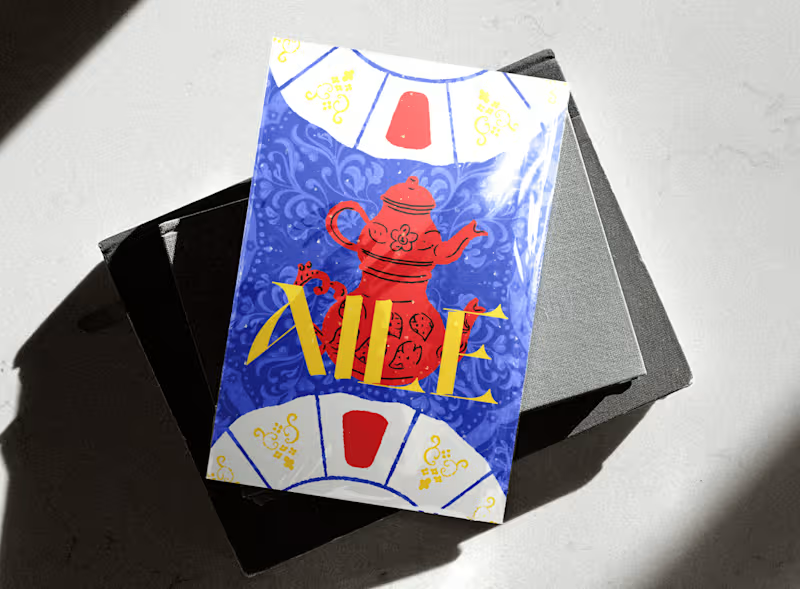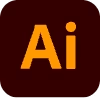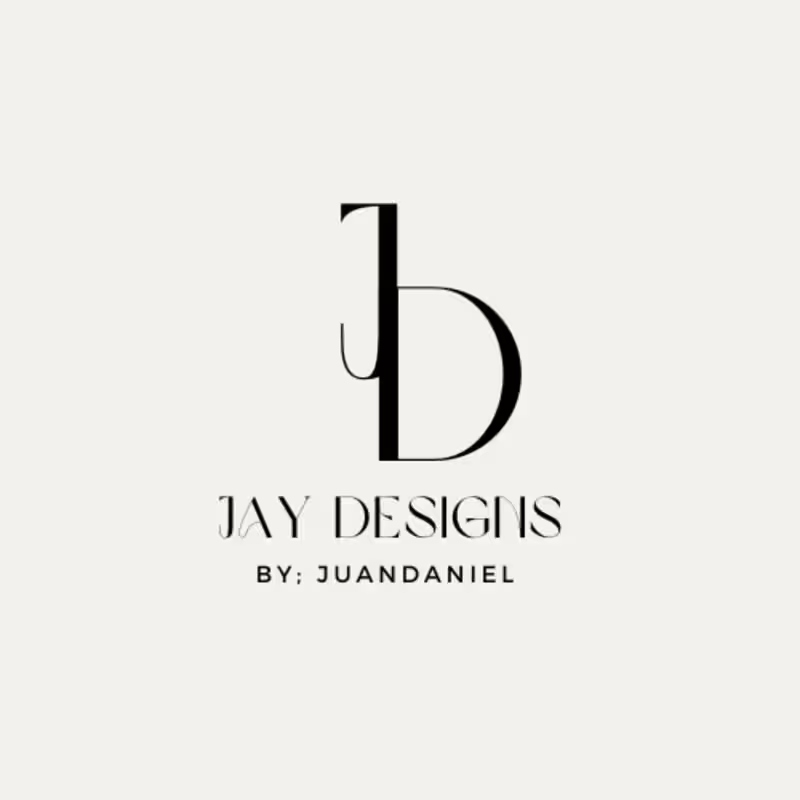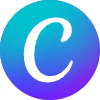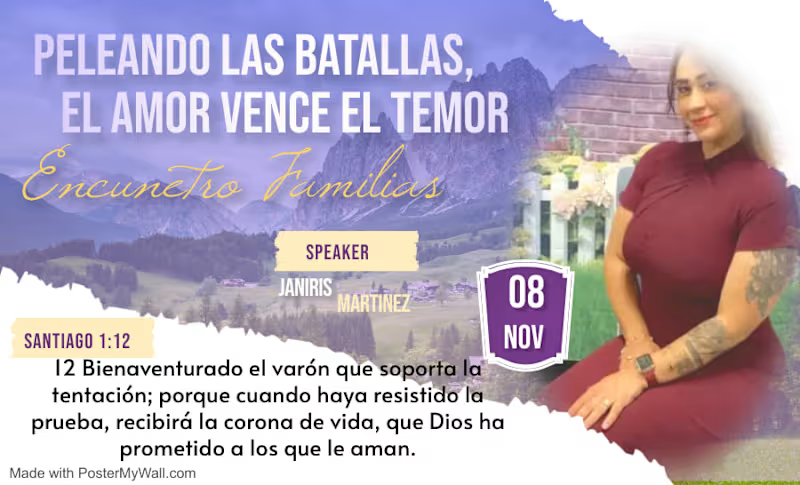How can I make sure the designer understands my project needs?
Start by clearly explaining your project's goals. Share examples of what you like or don't like. Discuss the style and format you prefer.
What is the best way to set project milestones?
Break the project down into smaller tasks. Set dates for each task to be done. This helps keep everything on track.
How do I ensure the designer is comfortable with the timeline?
Ask the designer if they can meet your deadlines. Be open to their feedback. This way, you both agree on a realistic timeline.
What should I consider when agreeing on deliverables?
Make a list of all items you expect from the designer. Be specific about sizes, colors, and formats. This makes sure you both know what final products will look like.
What's the best way to communicate with the designer during the project?
Decide on the best way to talk, like email or video calls. Set regular times to check in. This keeps you both on the same page.
How can I evaluate a designer's portfolio effectively?
Look for design styles that match your project. Check if their past work is creative and high quality. This helps you pick the right designer for your job.
What should I look out for in a designer's proposal?
Check if the proposal lists tasks, timelines, and deliverables. Make sure it matches your project's needs. This ensures you both agree on what will be done.
How can I make sure the project aligns with local Illinois culture and trends?
Discuss any regional styles or themes you want to include. Ask if they have experience with Illinois-based projects. This helps tailor the design to your local audience.
How can I make sure the designer is familiar with Illinois design regulations?
Ask if they are aware of local design guidelines. This can be important for specific projects. It ensures your design follows any necessary rules.
How can I establish a smooth onboarding process with the designer?
Prepare all necessary information and tools for the designer. Set a time to go over everything together. This helps the designer start the project confidently.
Who is Contra for?
Contra is designed for both freelancers (referred to as "independents") and clients. Freelancers can showcase their work, connect with clients, and manage projects commission-free. Clients can discover and hire top freelance talent for their projects.
What is the vision of Contra?
Contra aims to revolutionize the world of work by providing an all-in-one platform that empowers freelancers and clients to connect and collaborate seamlessly, eliminating traditional barriers and commission fees.

- $50k+
- Earned
- 61x
- Hired
- 4.8
- Rating
- 302
- Followers
Top


- 1x
- Hired
- 7
- Followers

